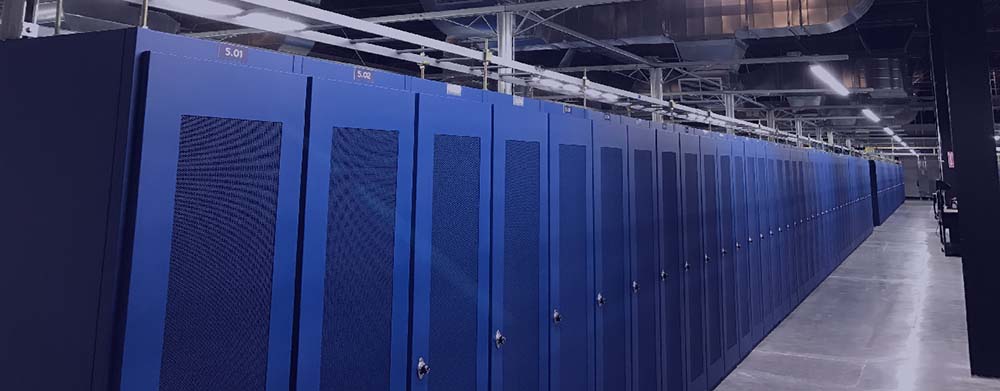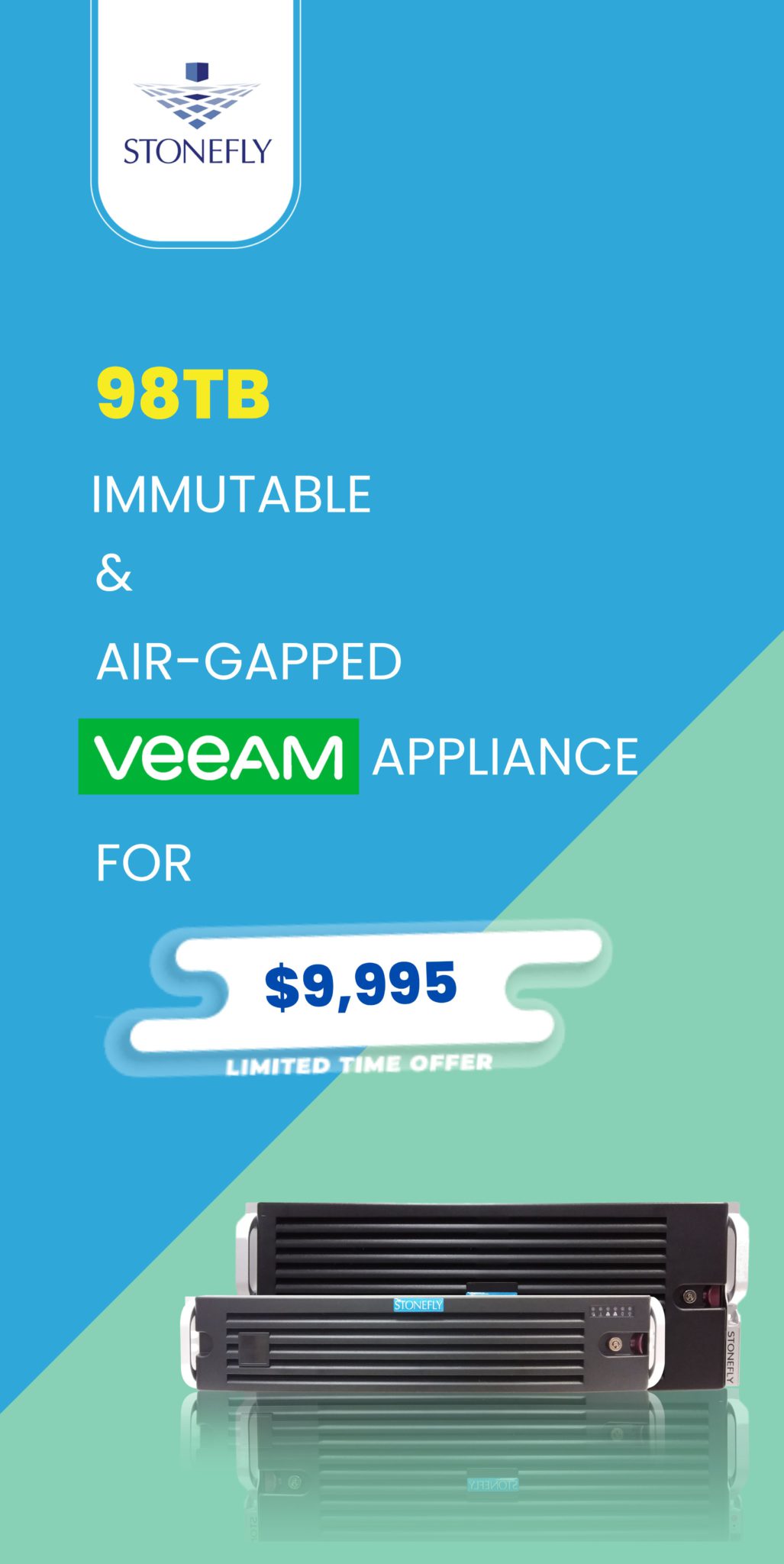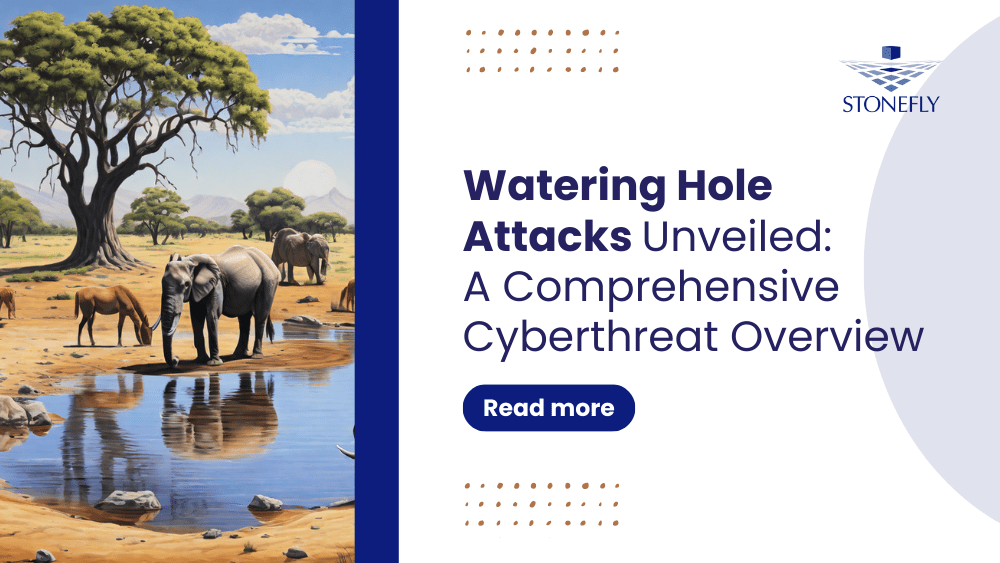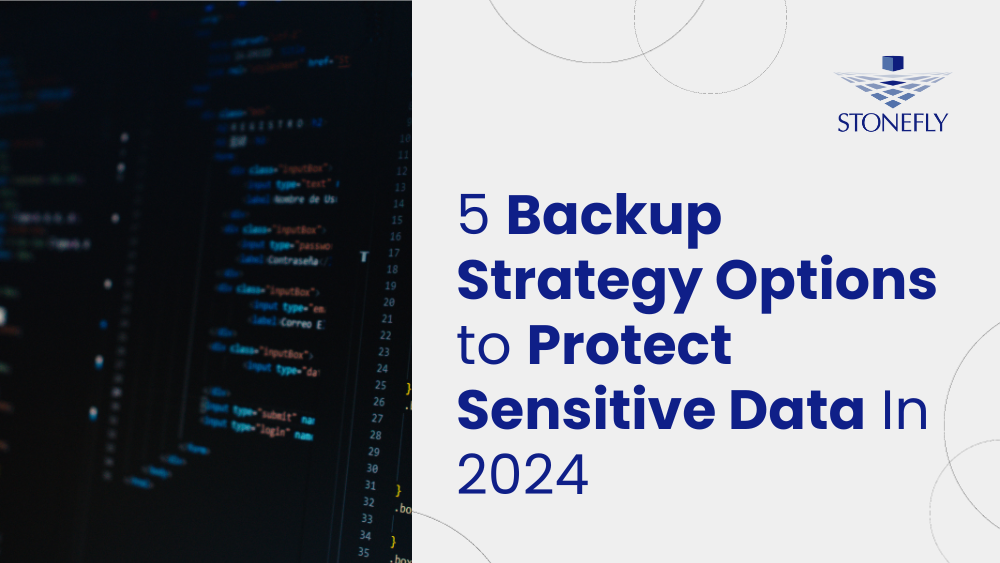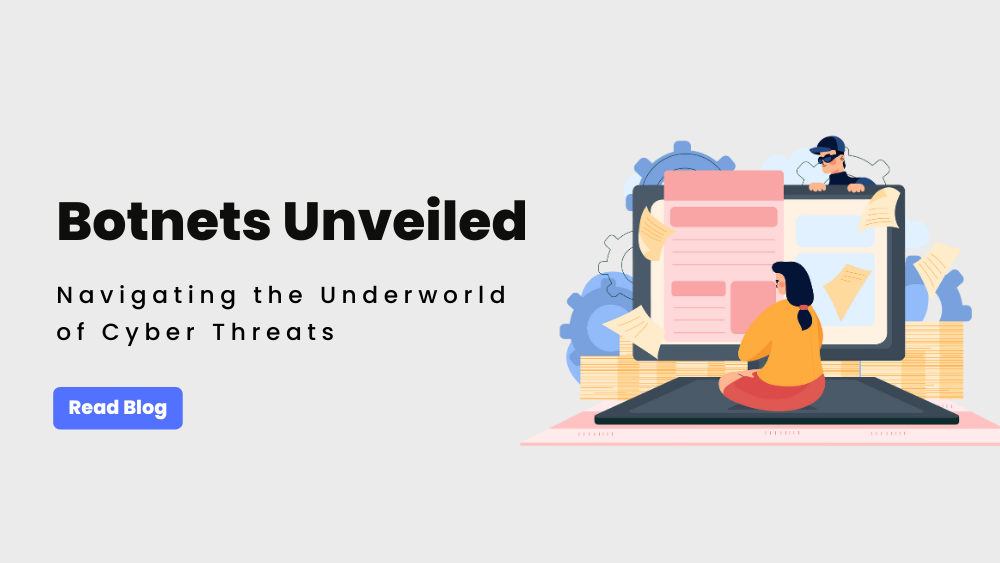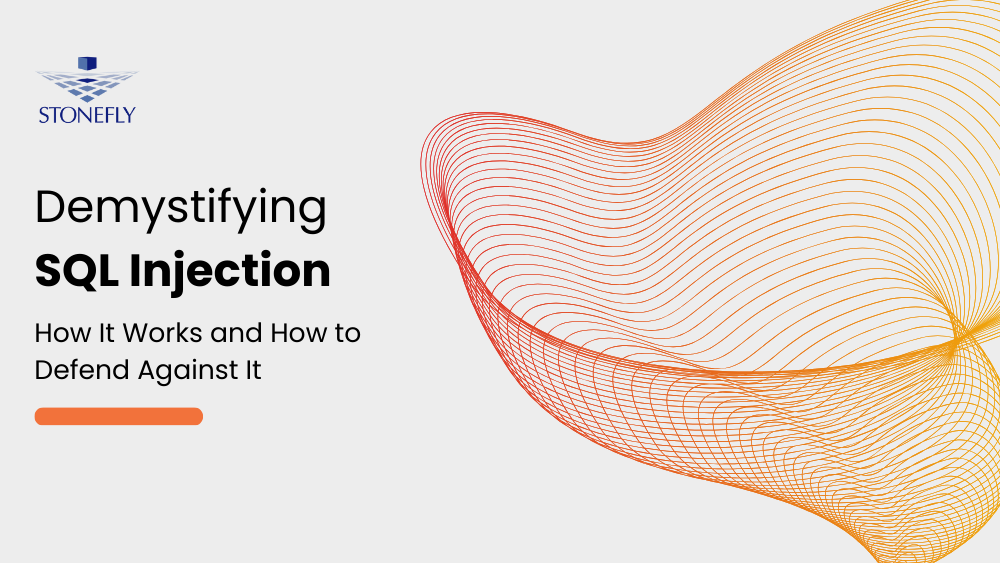Tape storages have been utilized for over six decades with UNIVAC (Universal Automatic Computer) being one of the first use cases. The LTO or Linear Tape Open, released in 2000 with version 1, currently on version 7, has become the de facto standard for tape based backups. Due to the continuous ransomware attacks, enterprises were observed to be migrating back to tape storage in hopes of keeping their data protected. However, doing so can only add to the cost implications without introducing any additional layer of security. That is why it is better to replace tape storages with cloud connect gateways and acquire enterprise cloud storage solutions.
Tape Storage: Expectations & Assumptions versus Reality
Initially, tape storages appeared to be a promising storage solution, having large libraries looked ‘cool’. It was fun to walk through libraries of tape storages, taking tape cartridges from slots and loading drives; like a scene from a spy movie. As there are very little or no tape storages that need to be taken offline because they have been filled, when the storage system is initiated, there was little to no hassle involved nor any cost incurred. This also means that managing the system is easier and rather simple. Tapes also seemed reliable because you had the option of storing your filled tapes on-site or in an offsite backup vault.
However, as enterprises and work environments transitioned to paper less environments and data continued to grow; tape storages began to display challenges that made them a far less preferable choice for storage.
What is expected from tape backups?
The conventional goal of tape storage utilization is offsite data retention for longer, and sometimes indefinite, periods of time. As tape storages incur a onetime cost, they can be assumed to be more cost efficient. Add into this cost efficiency, the fact that if you misplace the tape storage or if it’s mixed with active data tapes then it can be extremely costly.
Another reason to employ tape storages is that local copies imply faster recoveries by either leveraging volume snapshots or using tape cartridge from the local on-site vault. However, if it’s being recovered from an offsite vault, then restoration may take a while depending on how far the backup location is.
Tape is cheap, isn’t it?
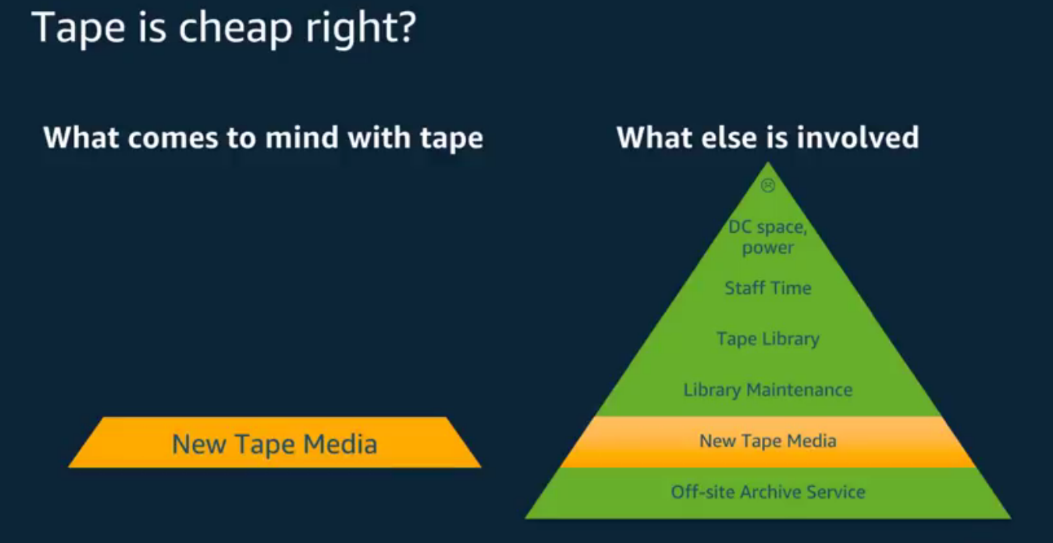
Tape Deployment & Utilization: Customer Responsibilities & Cost implications
The initial deployment costs for tape storage are heavy but most enterprises bear it with the assumption that it is a onetime cost. However, there are several reoccurring costs that follow a tape storage system that it makes the storage solution very costly.
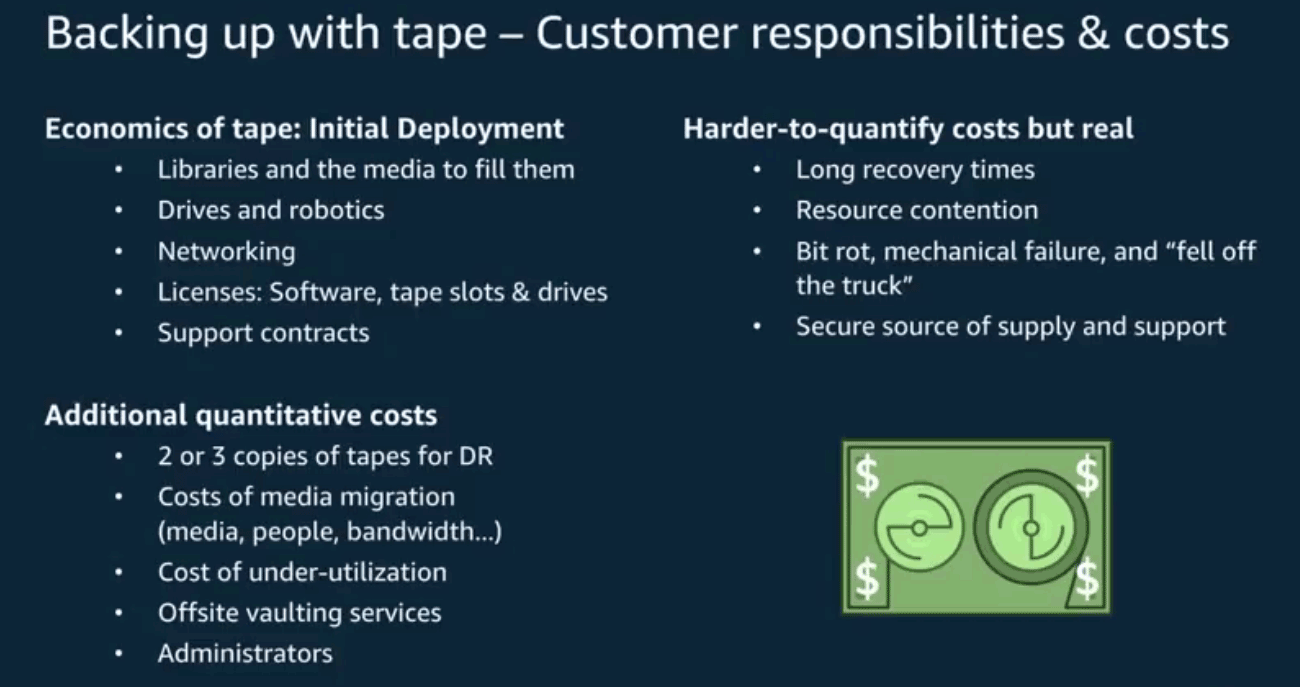
For instance, the cost implications of:
- Long recovery times.
- Resources contention.
- Mechanical failure/data loss.
- Secure source of supply and support.
The list of associated costs doesn’t end here. Tape storage can incur more costs as well. For instance, if you are required to maintain multiple copies of the stored data with one of them at an offsite location; then you have to pay for replication services, for the offsite location vaulting services and then the cost of additional infrastructure. Not to mention, the cost implications of tape storage that you have acquired in anticipation of data growth but aren’t using at the time.
Tape Lifecycle
The LTO 1, as mentioned earlier, came out in 2000 and currently it’s on version of LTO 7. In order to stay up to date, most users migrate data from old versions to new versions. The migration process, when run, consumes considerable resources on tape systems. For instance, if you have tape drives dedicated for reading old tapes and other drives dedicated for new tapes; you effectively reduce the total usable capacity of the system until the migration process is complete. The migration process can be daunting and may take a lot of time, depending on how many tapes you have to migrate.
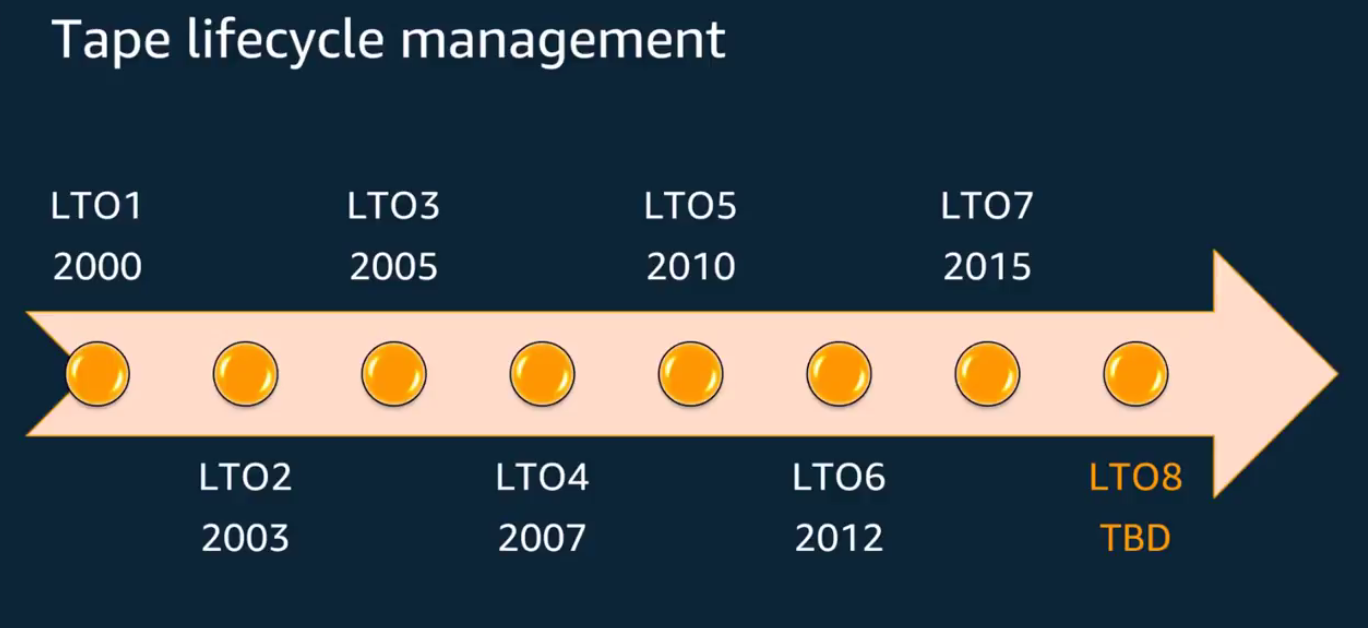
Using StoneFly Cloud Connect Gateway Appliances for Optimal Storage
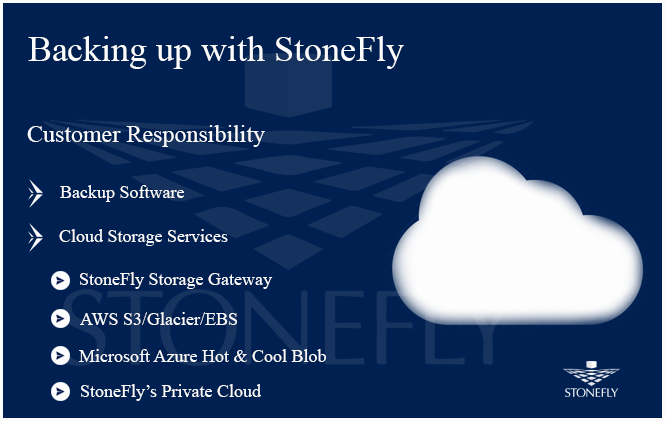
Now that we know the limitations of tape storage and the considerations involved with deploying and managing tape storage systems; we can compare them with StoneFly’s storage and cloud gateway services.
With StoneFly’s services, customers only have two major areas of responsibilities: the first is the backup software that you’re running on existing physical libraries and the second is cloud storage services. For instance, if you write data from your on-site system to a public cloud like Amazon AWS S3 or Azure Hot blob, you can control and manage it. You can use the analytics provided by the StoneFly cloud backup; if you are using StoneFly’s backup infrastructure or cloud gateway services. If you’re using AWS S3, then you can configure your buckets to move your data automatically from S3 to S3-IA and then to Glacier.
So basically, in comparison to tape storage deployment, it is a minimal experience and requires a lot less resources.
Benefits of Switching Tape Backups to Cloud Storage with StoneFly
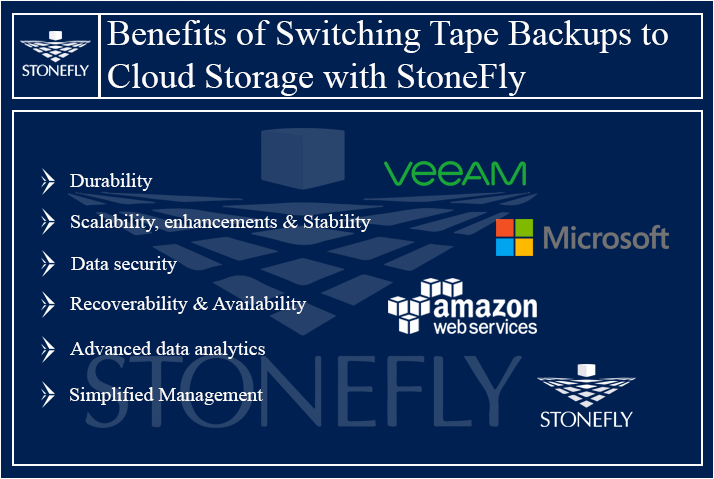
The biggest advantage of cloud storage versus tape storage is the durability. For instance, with AWS, customers can acquire about eleven 9s (99.999999999%) of durability. Scalability is completely redefined with the combination of cloud storage and StoneFly.
StoneFly’s backup appliances are easily scalable, most of the time it’s simply a plug and play setup. And with StoneFly’s appliances, you can also gain access to public cloud service providers or StoneFly’s private cloud. You can utilize advanced storage tiers meant for cost reduction, data optimization and operational efficiency. These storage tiers are encrypted with AES-256 bit encryption technology while your data is being secured before transit, while in transit and after transit.
Using Veeam cloud connect services in combination with StoneFly, you can ensure reduced RTOs (Recovery Time Objectives) and RPOs (Recovery Point Objectives), and facilitate high availability and recoverability of your data.
StoneFly provides analytics which enable you to effectively leverage your storage capacity, AWS provides analytics that enable you to understand the frequency of data access allowing you to move your data to relevant tiers enhancing cost efficiency. Veeam and Microsoft also provide analytics that provide in-depth analysis of your data, storage space utilization, data access patterns and more. The analytics you acquire depends on the vendor you choose. However, regardless of the vendor you choose, compared to Tape storage analyzing data with cloud based services is extremely easy and efficient.
With the customer-oriented services provided by StoneFly and cloud service providers, enterprises can focus on their core competency instead of expending resources to monitor and manage tape storage libraries. This positively impacts the budget of the enterprise as it facilitates reallocation and better utilization of acquired resources.
Conclusion
Tape storage has been around for decades and data has evolved over these years. The storage requirements of enterprise data is simply no longer something tape storage can efficiently address. Tape storage utilization is also a costly venture. It’s better to acquire hybrid cloud storage solutions that can enhance enterprise productivity and facilitate the efficiency of backup and disaster recovery plan for the enterprise.
